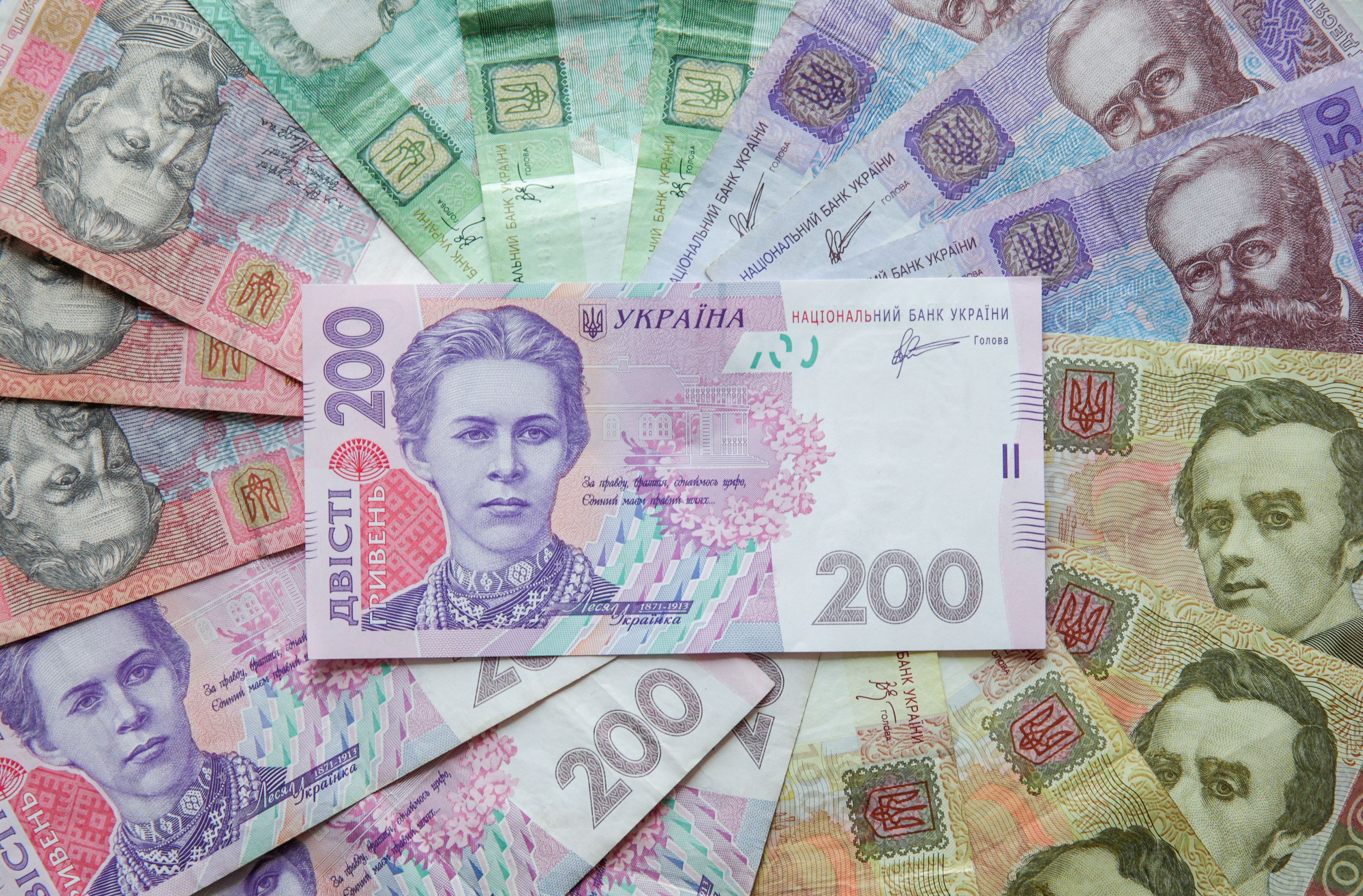Ukraine’s Economic Strategy to 2030

Key Assumptions of the Strategy
Approved in early March by the government of Denys Shmyhal, the economic strategy to 2030 is so far the most comprehensive planning document in Ukraine’s history. It identifies 20 areas of key importance for economic growth, both horizontal (macroeconomic policy, regional development) and sectoral (IT, industry, agriculture), the actions foreseen within each area, and the expected results. The document is based on the premise that Ukraine has competitive advantages in terms of geography, natural resources, and human capital but has been unable to exploit them due to the lack of a coherent development policy and subsequent Russian aggression. The result has been investment shortfalls, infrastructure degradation, low levels of technology, and labour emigration.
The main objective of the strategy is to double GDP by the end of the decade, with investment as the main driver of growth. Investment needs in key sectors of the economy are estimated at over $300 billion, more than double the GDP, while the level of foreign direct investment is currently only around $50 billion. Investment incentives, building the rule of law, and reducing the role of the state in the economy, including through deregulation, privatisation, or leasing of state-owned enterprises, are expected to attract foreign capital. While the planned tax amnesty is intended to encourage domestic businesses to exit the shadow economy and repatriate funds from tax havens (capital outflow is estimated to be over €130 billion from 1991 to 2017). Investment is to be stimulated by the introduction of a tax on withdrawn capital, meaning an exemption from income tax for companies reinvesting profits.
The envisaged flagship project is the creation of the International Financial Centre in Kyiv, which would operate under British law and be modelled on similar institutions in Nur-Sultan and Dubai. The centre would have its own stock exchange, provide financial intermediation services, and house the offices of foreign banks and investment funds. A potential market niche could be digital assets, given that Ukraine is a global leader in the use of cryptocurrencies for financial transactions.
Foreign Trade
Export is expected to be the second key component of economic growth. The strategy projects that export volumes will more than double compared to the pre-pandemic period, from around $64 billion in 2019 to at least $150 billion in 2030. Internally, the aim is to change the export structure in favour of a greater share of high value-added goods (currently about half are raw materials and unprocessed goods), including through their promotion on foreign markets. Externally, the emphasis is on greater geographic diversification, especially the acquisition of new markets in Asia, Africa, and Latin America, since currently 70% of Ukrainian exports go to Europe (including Turkey), CIS countries, and China.
The state is to pursue more active economic diplomacy and support Ukrainian exporters. Among other things, the strategy envisages reforming and increasing the financing of export credit agencies, expanding the network of Ukrainian trade representations around the world and increasing the role of economic departments in diplomatic missions. Planned also is the opening of a Permanent Representation of Ukraine to the World Trade Organisation in order to protect Ukrainian interests more effectively in disputes within the organisation.
At the same time, the document signals a more assertive approach in trade policy, pointing to a wider use of market protection instruments. The protectionist agenda is part of a trend evident in the EU. However, it is possible that it results from pressure from large Ukrainian businesses, which, given limited competition in the domestic market, still maintain a development model based largely on cheap labour. Such possible trade barriers could be incompatible with the provisions of the Association Agreement with the EU and could lead to bilateral trade disputes.
Transit potential
As one of its objectives, the strategy identifies the integration of Ukraine into world transport corridors. According to U.S. Commerce Department estimates, Ukraine uses only 25-30% of its transit potential stemming from its attractive location on trade route from Asia to Europe. The main reason is the outdated infrastructure—more than a quarter of the country’s railway network and half of its road network need immediate repair. Ukraine’s budget is only able to finance a small part of the work, so the authorities are seeking greater involvement of the private sector, including foreign capital. The strategy identifies China as a potential investor and envisages Ukraine entering into talks with the Chinese authorities about joining the “17+1” format.
Priority is to be given to the development of a transport corridor from the Baltic Sea through the Black Sea to the Caspian Sea, extending the Gdansk-Odesa corridor already under development. In this respect, the strategy foresees signing an agreement “with other actors”, although it does not identify them directly. The Ukrainian government will likely want to include in the initiative the issue of liberalisation of international road transport, which would help Ukrainian carriers obtain more permits for transport on Polish territory. Ukraine believes that the current pool of permits significantly limits its ability to benefit from the transit of Chinese goods to Europe.
Conclusions
While the strategy accurately identifies the main obstacles preventing Ukraine from entering a path of rapid economic growth, it does not sufficiently acknowledge the low institutional capacity of the state. The adoption of as many as 20 areas of state intervention would result in the dispersion of activities and financial resources. As a result, most of the objectives, as was the case with all previous economic strategies, are unlikely to be achieved.
In particular, a doubling of GDP in a decade is unlikely as it would require extensive systemic reforms in the area of the rule of law, which would infringe on the financial interests of major business groups. A key one remains the reform of the justice system, which has been identified as a priority by foreign investors for years. However, the Ukrainian authorities actually lack the political will to do so, as they themselves are beneficiaries of the status quo by, among others, using the judiciary to fight political opponents. For this reason, in the short and medium term, the most likely to be implemented will be those initiatives that do not change the essence of the current system and at the same time enjoy the favour of President Volodymyr Zelensky, such as tax reforms and incentives for investors, modernisation of infrastructure, digitalisation, and development of the high-tech sector.
The document does not indicate sources of funding, so it is not clear from where, or if at all, the funds necessary for its implementation will be obtained. All the more so that by the end of the decade Ukraine should also repay more than $40 billion in foreign debt. Negotiations on obtaining further tranches of aid from the International Monetary Fund have been at an impasse since last autumn due to a lack of progress on reforms. Some costs are likely to be covered by the private sector, but Ukrainian oligarchs will try to take advantage of that in order to further consolidate their political and economic influence.
Privatisation and leasing of Ukrainian state-owned enterprises, for example, in the banking or energy sectors, would open the way to greater involvement of Polish investors in Ukraine, since now less than 2% of Polish foreign investment goes to the Ukrainian market. This will depend, however, on reforms that would reduce the currently high investment risk, such as strengthening property rights or fighting corruption. Poland may seek to ensure that, within the EU-Ukraine Free Trade Agreement review, planned for this year, one of the conditions for greater opening of the EU market to Ukrainian goods is progress in creating a transparent and foreign business-friendly regulatory environment in Ukraine.


